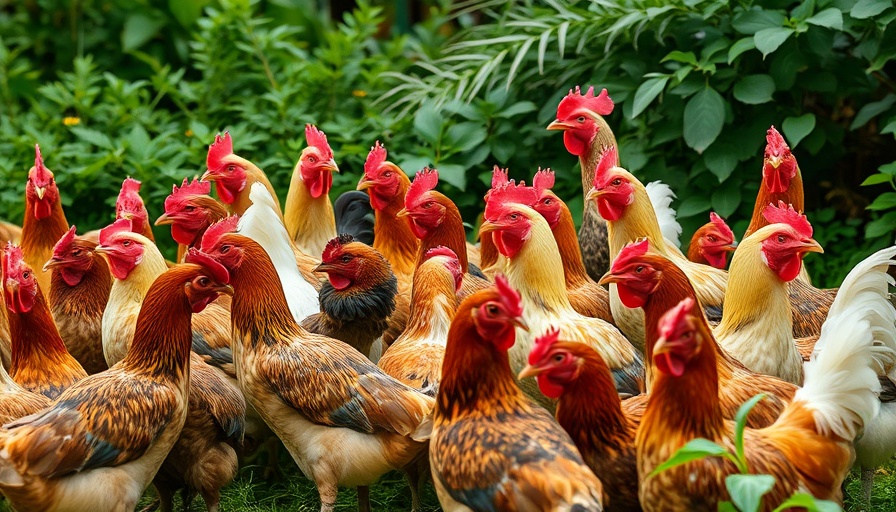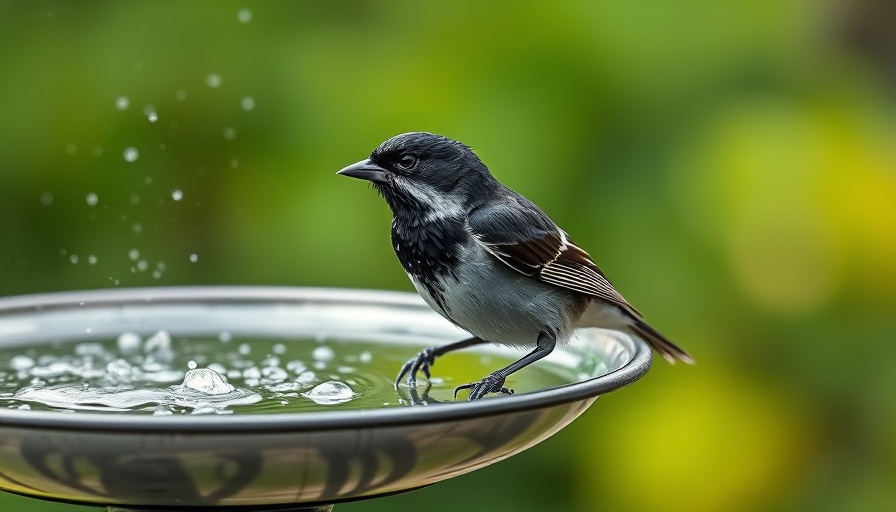
Recent Bird Flu Detection Raises Concerns in Arizona
Bird flu has been identified in a poultry farm located in Maricopa County, Arizona, prompting a response from state agriculture officials. This case, confirmed by the Arizona Department of Agriculture (AZDA), emerges amid ongoing vigilance against avian influenza, which has posed threats to both wildlife and farmed birds in recent years.
The Risk to Public Health Remains Low
Despite the detection of the virus, AZDA reassured the public that the risk remains low. Officials stressed that individuals who have had close contact with the infected birds are the most vulnerable. In a similar vein, the Arizona veterinary diagnostic laboratory swiftly identified symptoms of the virus in the affected flock, leading to quarantine measures and increased sanitation protocols on the farm.
A Pattern of Avian Influenza in Arizona
This incident marks yet another confirmation of bird flu in the state, following a previous detection in February among a local dairy herd, which also resulted in quarantine. Such occurrences underline the importance of monitoring agricultural contexts and wildlife for the virus’s spread, which could have broader implications for food production and wildlife health.
What Happens Next?
As authorities work to contain the situation, the poultry farm’s biosecurity measures will be critical to preventing further outbreaks. The AZDA continues to monitor the state’s farms and wild populations closely, reinforcing the notion that effective disease management in poultry not only protects the birds but also safeguards food supplies and public health.
Keeping informed about the state of bird flu is crucial for residents engaged in agriculture and wildlife. Ensuring awareness of potential risks and the steps being taken by health officials can empower communities to act responsibly and proactively.
For continuous updates on public health related to avian diseases, residents and stakeholders in Arizona should stay connected to the Arizona Department of Agriculture and follow local news reports.
 Add Row
Add Row  Add
Add 




Write A Comment